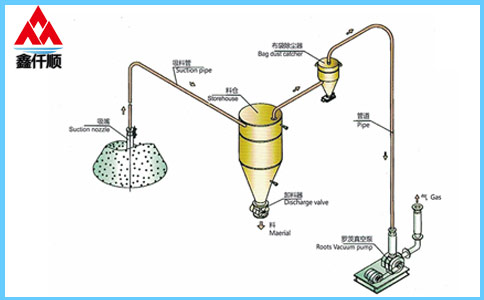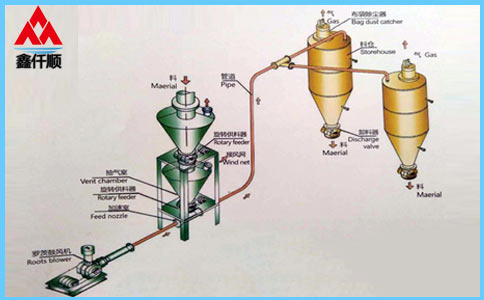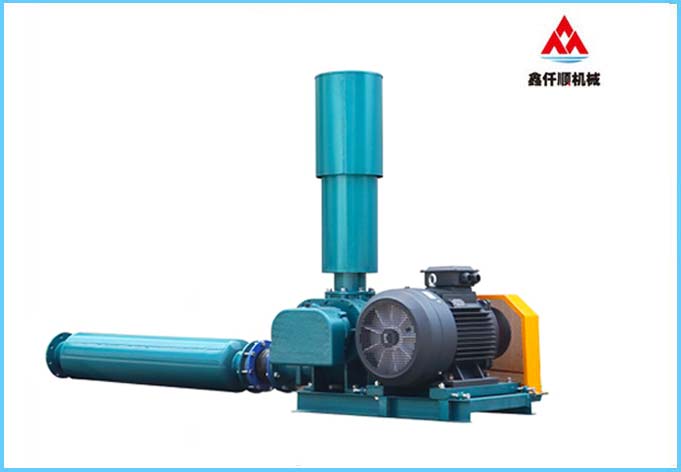Corrosion of Roots blower is a common situation at present. It will not only produce some carbon dioxide gas, but also produce some corrosive gases such as chlorine to remain in the blower, and some fans containing various exhaust gases will also produce unpredictable corrosion at any time.
Carbon dioxide gas and chlorine gas basically have no other corrosion resistant materials except for dryness, so an immediate treatment method is required to check the poor operation of mixed water. There are also some metal coating materials composed of stainless steel plate and liquid metal spraying, and non-metallic coating materials composed of paint, rubber, vinyl resin, etc. When the rotor is unbalanced due to corrosion and causes excessive vibration, ordinary steel is often used for emergency repair. However, because the impeller of Roots blower is a rotating body, this corrosion can be well prevented.
Among the commonly used methods of Roots blower, surfacing is used more often, and the effect is acceptable. Generally, it can be used for more than one year without extensive repair. Its disadvantage is that a large amount of heat is input by surfacing, which will lead to deformation of the impeller if not well controlled, and it cannot be repaired and used repeatedly. Thermal spray welding also has the same problem, which greatly limits their application. At present, a better method is to paste or inlay wear-resistant ceramics on the convenient surface of the impeller volute, because wear-resistant ceramics have good wear-resistant performance, which can greatly improve the wear-resistant performance of the fan.
Roots blower must be debugged before working, so as to ensure that there will be no sudden accidents during working. Roots blower has a high speed, and the clearance between rotors and between rotors and machine body is small, so there is less leakage and high volumetric efficiency. The rotor of the fan is subject to static and dynamic balance verification. The finished product runs smoothly with minimal vibration. The commissioning of stainless steel fan usually reflects the following points:
1. Carefully check whether the screws at each part are fixed or loose.
2. Check whether the oil in the oil tank leaks. Roots blower is mainly composed of the following six parts: motor, air filter, blower body, air chamber, base (also used as oil tank), and oil drip nozzle. The fan operates eccentrically by the rotor offset in the cylinder, and allows the volume change between the blades in the rotor slot to suck, compress and discharge air. Roots blower is a volumetric fan. When in use, the flow changes little with the change of pressure. However, the flow varies with the speed. Therefore, the selection range of pressure is very wide, and the selection of flow can be achieved by selecting the speed.
3. The circuit is faulty.
4. Be able to briefly describe the commissioning condition of Roots blower before its official operation, see if there is any significant noise, and if there is any targeted treatment.
5. Check whether the key parts of Roots blower have been cleaned and need to be cleaned again.
Text label: Roots blower
Link to this article: //wuhanzhcs.com/html/news/n02/718.html










